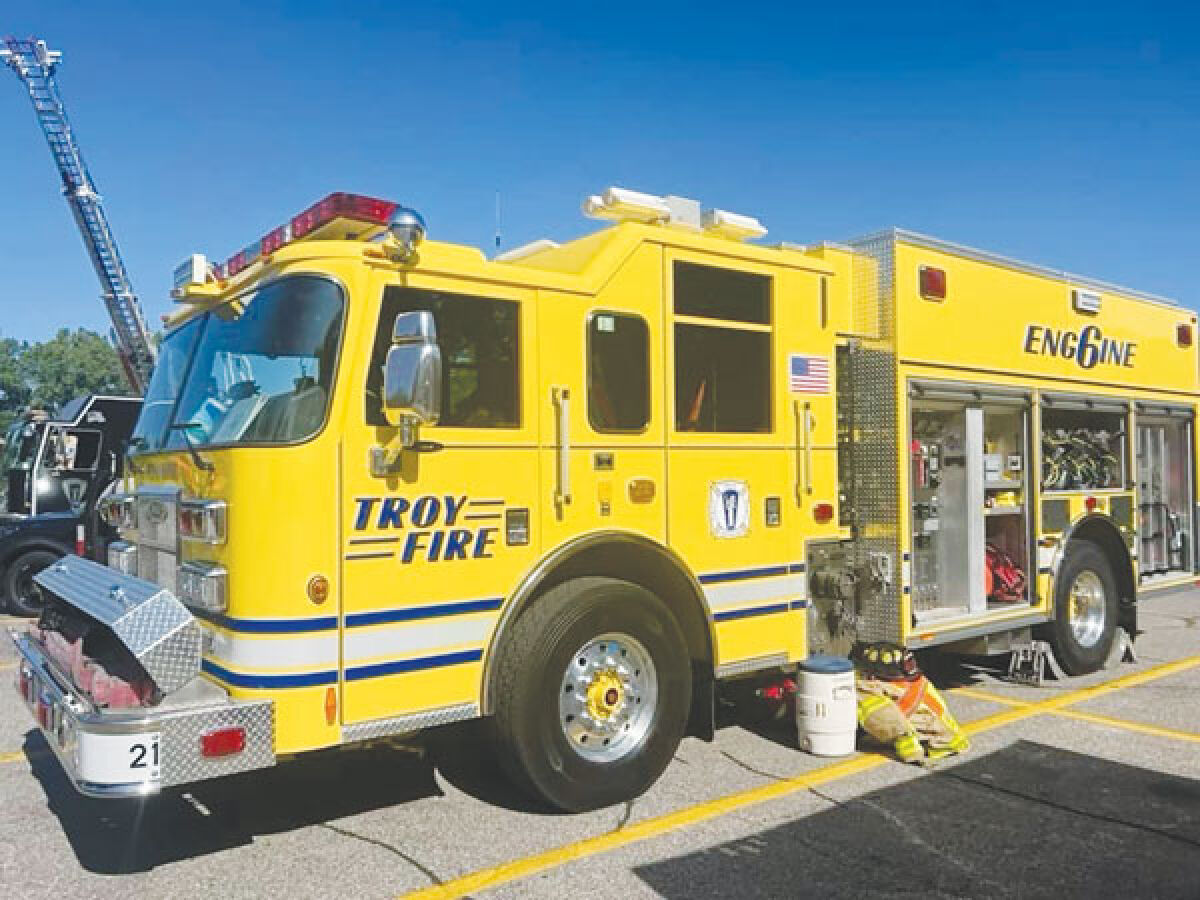METRO DETROIT — When the American Rescue Plan Act of 2021 was signed into law on March 11, 2021, the federal government agreed to distribute $195.3 billion to state governments and the District of Columbia to give local communities aid in recovering from the economic impact of the COVID-19 pandemic.
Communities lost funds in several ways due to losing tax revenue, extra costs to pay for facilities to stay open and having to suspend events that brought in revenue. This was amplified with costs for many materials or services increasing during the pandemic, as well. They have since received their portions of the funds in two installments and have taken to using the money in various ways to try to improve their local resources or address issues that had to be put on the back burner due to the pandemic.
Of the $9.8 million in funds distributed to the city of Southfield, $4.5 million were used for a variety of projects, including $700,000 for an economic development accelerator, $1.1 million for park improvements, $250,000 to create a stormwater management master plan, $750,000 to create a business evolution lab, $1.3 million in Fire Department equipment and logistical improvements, $350,000 for “HERO pay” to compensate essential and frontline workers, $142,000 for Police Department equipment, and $11,000 for technical services improvements.
“The fiscal year 2024 budget (also) includes approximately $3.2 million in one-time capital/equipment purchases across general fund departments, leaving approximately $2 million not specifically earmarked,” said Southfield Community Relations Director Michael Manion in an email.
Austin Michaels, the director of fiscal services in Southfield, said that much of the money for communities will be used to replenish their general funds, stating that many communities lost a significant amount of revenue during COVID.
“ARPA allows anyone who got $10 million or less (to) use the funds for saving for their general fund, since they would have lost at least $10 million in losses in their revenue,” he said. “So half of the original $9.8 million will go toward that.”
He added that the amount each community received was decided at the federal level.
“The amount each community got was based on the Community Development Block Grant fund formula, so it was determined at the federal level,” said Michaels. “They released the criteria, but it was incredibly convoluted and difficult to understand.”
The city of Fraser is using its funds to work on two projects that city manager Elaine Leven said have been issues the community has been hoping to address for some time.
“We are working on replacing the HVAC system in City Hall. This has been in process since last year, and we hope to have it completed by November,” said Leven. “We are also going to be working on the Masonic Detention Basin that requires some maintenance later this year and next year. … Right now, our engineer is working on surveying the property.”
Michael A. Vigneron, the director of engineering for Anderson, Eckstein & Westrick Inc., which is handling the Masonic detention basin project, said that the pump system has been something Fraser has been hoping to address for some time.
“As part of some SAW grant money from 2016, we evaluated the basin at that time. When we told them what needed to be done, they didn’t have the funds to fund the necessary repairs. Now they can move forward with the ARPA funds,” he explained. “They are also looking at reestablishing the capacity of the nearby retention basin. We might clean it out and treat it if they want to move forward with that.”
He added that the system was in dire need of improvements.
“We’re looking at making upgrades to the pump station there,” said Vigneron. “It’s an aging pump that requires a lot of maintenance now. By upgrading it, it will improve the redundancy and efficiency of the system.”
Troy City Manager Mark Miller added that these funds had to be carefully implemented to ensure they fit within the ARPA guidelines.
“According to the Government Finance Officers Association, ARPA funds could be used in the following ways,” he said in an email. “As revenue replacement for the provision of government services to the extent of the reduction in revenue due to the COVID-19 pandemic, relative to revenues collected in the most recent fiscal year prior to the public health emergency, (compensation for) COVID-19 expenditures or negative economic impacts of COVID-19, premium pay for essential workers, (and) investments in water, sewer and broadband infrastructure.”
Troy received $8.2 million in ARPA funds, of which $4.5 million was used to build the ice rink and pavilion opening this winter; $2.3 million was used to improve industrial streets in the city, including Beach Road; and $1.4 million was used for the purchase of a new fire truck.
“The projects we selected came about through our budgeting process and from our multi-year Capital Improvement Plan (CIP),” wrote Miller. “This plan includes an array of infrastructure updates the city continuously maintains including roads, public safety equipment, and recreation amenities. In short, the decision behind using the ARPA funds for those projects came based on the CIP and what the budget priorities were at the city’s annual advance.”
Miller hopes residents of his community, and other neighboring communities, can have faith that these funds have been spent responsibly to better the lives of residents.
“The message we want our Troy community to know is that these federal dollars were wisely spent and focused on improving and enhancing the residents’ commute within the city, protecting their safety, and enriching their well-being with additional outdoor activities that accommodate all four seasons,” he wrote.
 Publication select ▼
Publication select ▼






















